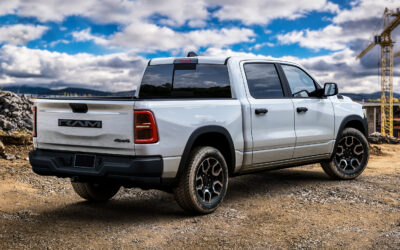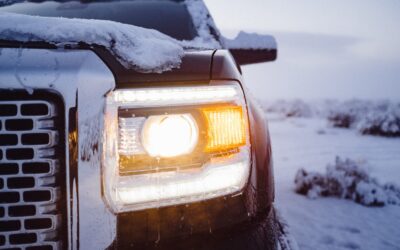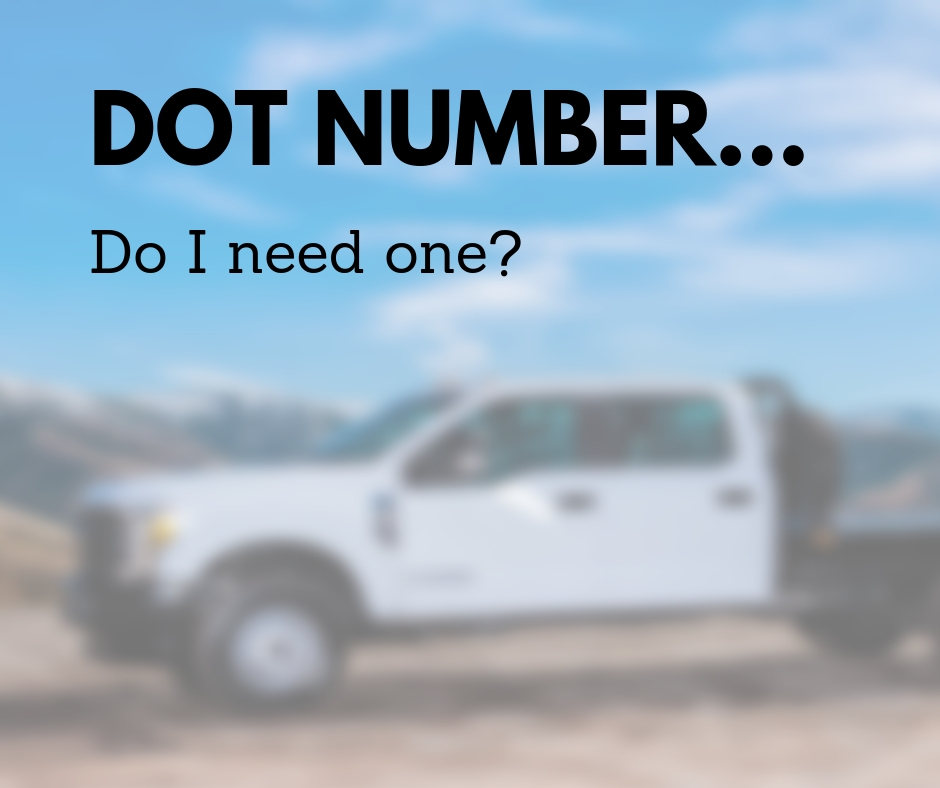Winter Driving Tips
Winter is on its way, and that means dealing with hazardous road conditions. Driving in winter can be a stressful experience for even the most experienced drivers. With ice, snow, and slush on the roads, it’s important to know how to stay safe and avoid an accident.
Here are some useful winter driving safety tips to follow before heading out on the road this winter.
Before You Go
Get Your Car Serviced
The weather is getting colder, and it’s time to get your car serviced before the winter season is in full swing. With so many things that could go wrong, you want to make sure you’re prepared for the worst.
Luckily, we’ve prepared a list of what you need to look for and what should be done to keep your car running smoothly this winter.
- Check your battery: Ensure there are no cracks or leaks on the outside or inside of the battery casing. Also, check if any wires are loose or coming out from their place.
- Change the air filter: This will help with gas mileage and emission levels in the vehicle.
- Get an oil change: If you haven’t changed your oil recently (3 months).
Check For Recalls
Have you been following the news this winter? If not, it’s a good idea to up your knowledge about the cars that have been recalled and how to deal with them. Here’s everything you need to know about ensuring vehicle safety before driving this winter season.
First off, check for any pending or open recalls on your car. Recalls are typically issued due to some kind of defect that presents an unreasonable risk to drivers and passengers in the event of a collision. For a recall to occur, there must be enough evidence from other drivers who have experienced problems related to that issue. If there isn’t enough data found, no recall will come into effect.
Here are a few ways to go about checking for vehicle recalls:
- Check for VIN: Those who have their car’s Vehicle Identification Number (VIN) can enter it into different websites that will tell them if their vehicle is affected by a recall and give instructions on how to fix the issue.
- Call Manufacturer: Another way to find out if your car is included in a recall is by calling or emailing your manufacturer and asking what steps need to be taken about the recall.
Learn How Your Vehicle Handles Icy Weather
Driving in icy conditions can be dangerous if you are not prepared for the weather. One of the best ways to prepare for this type of driving is to become familiar with how your vehicle handles icy cold weather before you need to drive on slick roads. This way, if your car starts sliding out of control, you will know what steps to take to avoid a collision and keep yourself safe on the road.
You might think that you know how to drive in icy conditions, but you should be aware of some key facts and techniques when it comes to winter driving.
For example, if your vehicle starts sliding or spinning out of control on ice-covered roads, don’t panic. Instead, let off the gas pedal and steer into the direction of travel until your car slows down enough to regain traction. Be sure to avoid using cruise control in winter conditions, accelerate and decrease speeds slowly, and be sure to leave a substantial amount of space between yourself and other cars to avoid unwanted slide collisions.
You may even want to consider waiting out the storm depending on its severity, your preparedness, and gut feeling. Checking the weather report for severe winter storm alerts can be life saving. If you must travel, consider sharing your route with someone and following some of our other winter driving safety guidelines.
Stock Your Vehicle
Now is the time to stock up on essentials, and it is never too early to prepare for winter driving conditions. Whether snow or ice, having a well-equipped car can ensure that you are always prepared for whatever Mother Nature throws at you.
You should consider these five things when stocking up on winter gear that could be extremely useful in icy conditions or an emergency:
- Shovels
- Salt and sand for icy roads
- Tire chains to prevent slipping
- Flashlight and Jumper cables in case of an emergency
- Blankets to stay warm
- Emergency first aid kit
- Water and snacks
- A full tank of gas
Keep all of these items in your trunk so they’re easily accessible if needed. Stocking your vehicle with winter stuff before driving will help keep you safe this season. It’s especially essential for even longer driving trips in the winter.
Winter Vehicle Safety Checklist
Lights
One of many hazards in winter is decreased visibility due to icy roads and foggy days. It is important to make sure your vehicle has all necessary lights working properly before you hit the road this winter.
Brakes
The cold weather can wear down on a car, so an important thing to keep in mind this season is your brakes. They will need extra attention because the snow and ice can make stopping the car difficult.
Tires
Tires are an important part of any car and need to be checked often, especially during winter. This is because as temperatures drop, the tire pressure decreases, which could lead to a blowout. Similarly, all four tires must have adequate tread depth and should be rotated every six months for even wear. In addition to regular maintenance, it might be worth considering investing in winter tires depending on where you live. Winter tires provide more traction for slushy and icy conditions.
Tips For Driving in Winter Weather Conditions
Keep an Increased Following Distance
Keeping an increased following distance during icy and snowy conditions can help reduce your risk of crashing into another car or sliding off the road.
Don’t Apply Extra Gas on Snow-Covered Hills
In winter, the roads are icy and slippery. It becomes a challenge to drive even though you have four-wheel drive or all-wheel drive. You might think that going uphill is easier than going downhill, but it can be more dangerous because of the ice buildup on the hillside. To avoid sliding back down the hill, don’t stop your car while driving up a hill in winter—even if it feels like you’re not making any progress as you try to climb up.
If necessary, put your car into neutral and let gravity do its thing until you reach an incline where you’re able to go forward again without slipping back down due to the ice buildup at the bottom of the slope.
Final Word
Winter driving safety should be a priority for drivers this season as the days get shorter and the snow starts falling. With these helpful winter driving safety tips in mind, you’ll be able to avoid a winter accident this year. Learn more about all things winter driving and fleet safety here.






